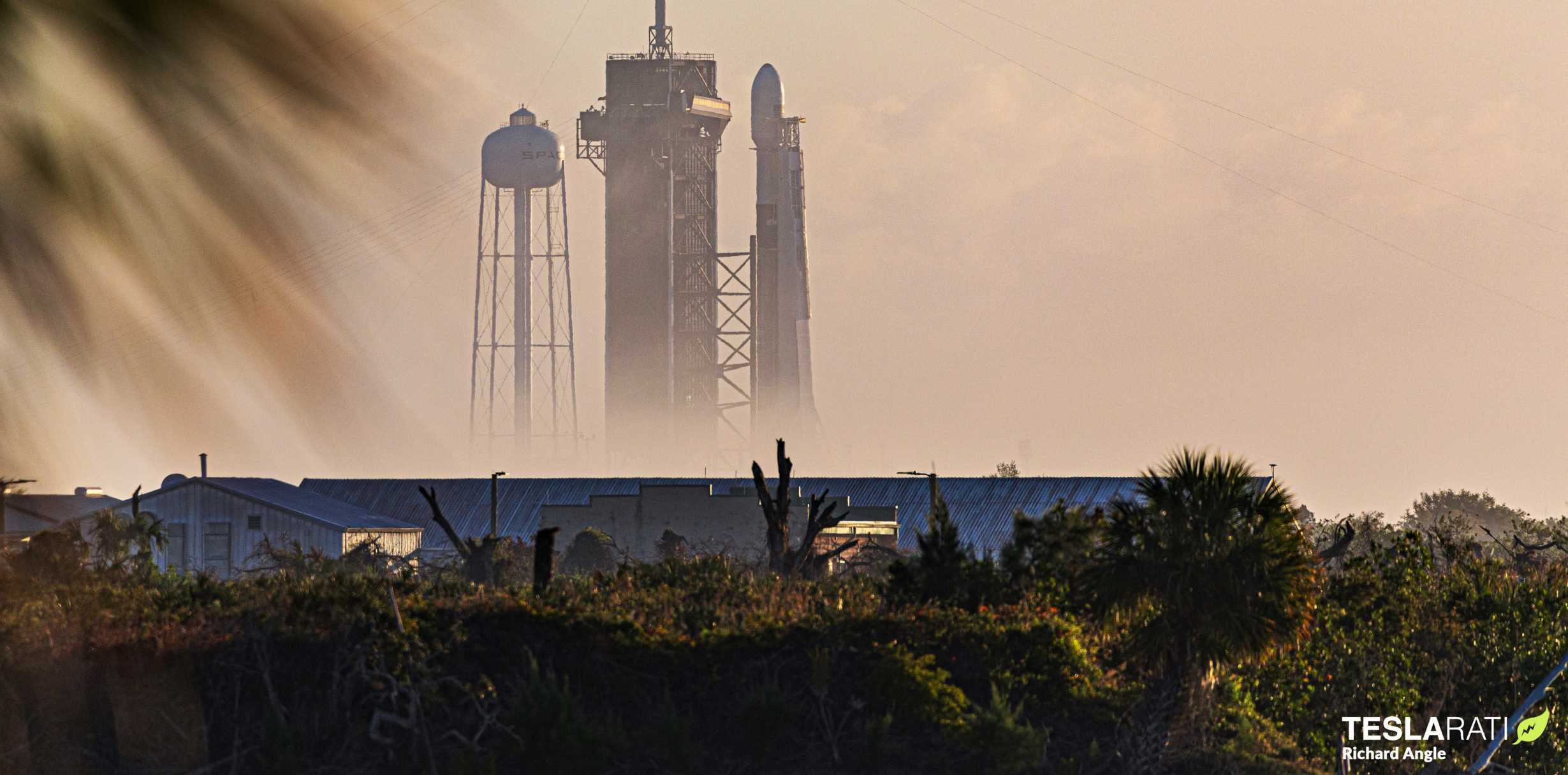
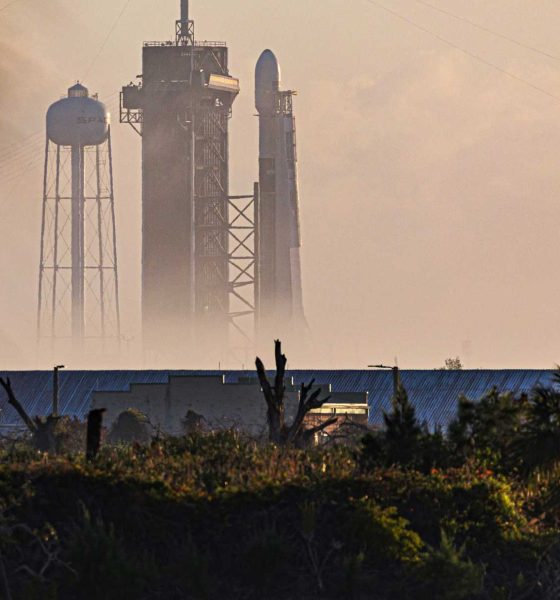
News
SpaceX rocket ready for second reusability record, Starlink launch attempt
One of SpaceX’s first upgraded Falcon 9 Block 5 boosters is ready for its second attempt to set a reusability record after its March 15th Starlink launch attempt aborted at the very last second.
Now scheduled to send SpaceX’s sixth batch of 60 Starlink satellites into orbit no earlier than (NET) 8:16 am EDT (12:16 UTC), March 18th, the mission will be Falcon 9 booster B1048’s fifth. Just four months ago, the booster successfully launched the first 60 upgraded Starlink v1.0 satellites, also becoming the second SpaceX rocket to fly four times. While B1049 – B1048’s predecessor – was first to reach the four-flight milestone in May 2019, B1048 is now on track to take the next leap forward for Falcon 9 reusability.
First noted shortly after the abort on SpaceX’s March 15th launch webcast, the company later clarified that what could have been attributed to hardware failure was likely just an issue with software or sensors. Milliseconds before liftoff, Falcon 9’s autonomous flight computer seemingly didn’t like what it saw while interpreting the telemetry flowing in from the ignition of B1048’s nine Merlin 1D engines. Whatever the specific trouble, Falcon 9 believed that one or several of those Merlin 1D engines were producing more thrust than they should.
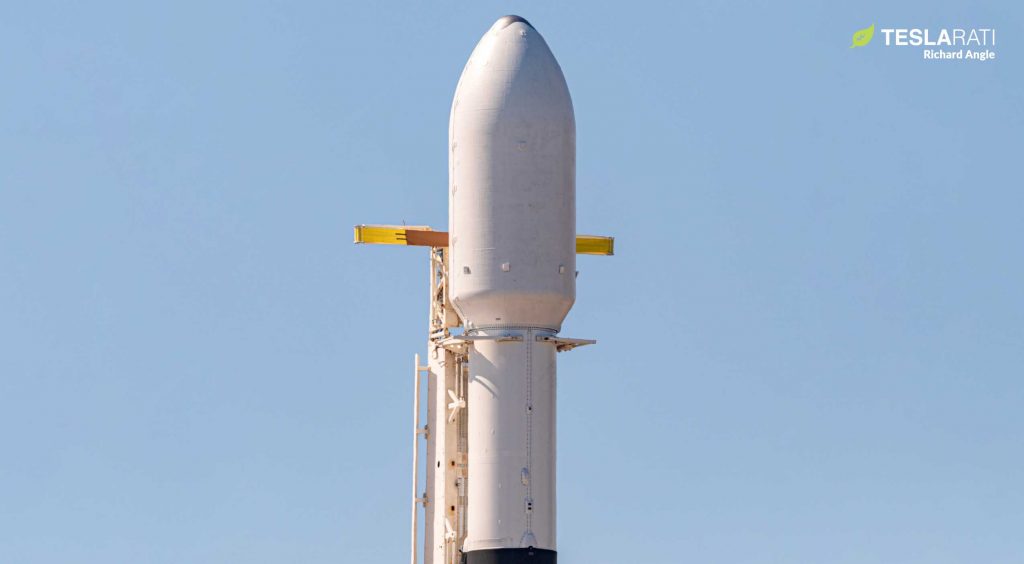
While likely oversimplifying what is a spectacularly complex logic system, the flight computers that control Falcon launch vehicles from T-1 minute to mission completion have to treat the messy uncertainty of reality through a black and white lens. Lacking the ability to heuristically interpret the data they process, the computers instead rely on algorithms that filter thousands of channels of telemetry into a handful of simple categories. If that data aligns with the computer’s expectations, things are okay. If the data doesn’t agree with the plan, things are not okay. There are, of course, many more levels of complexity, but the concept of operations remains mostly the same.
However, the telemetry itself is also a potential point of failure – bad data could lead the flight computer astray, concluding that things are okay when they aren’t or vice versa. To handle that potential failure mode, SpaceX relies on multiple strings of telemetry (and even multiple computers), all gathering and analyzing the same things simultaneously. If one of several redundant sensors starts to disagree with its brethren, reporting different data back to Falcon 9’s flight computers, it’s apparent that the sensor – not the thing it’s measuring – is likely at fault. Still, out of an abundance of caution, SpaceX avionics typically treat most “out-of-family” sensor readings as reason enough to delay or fully abort a launch. When a launch delay can be little more than an annoyance with a negligible cost, it’s almost universally better to be safe than sorry.
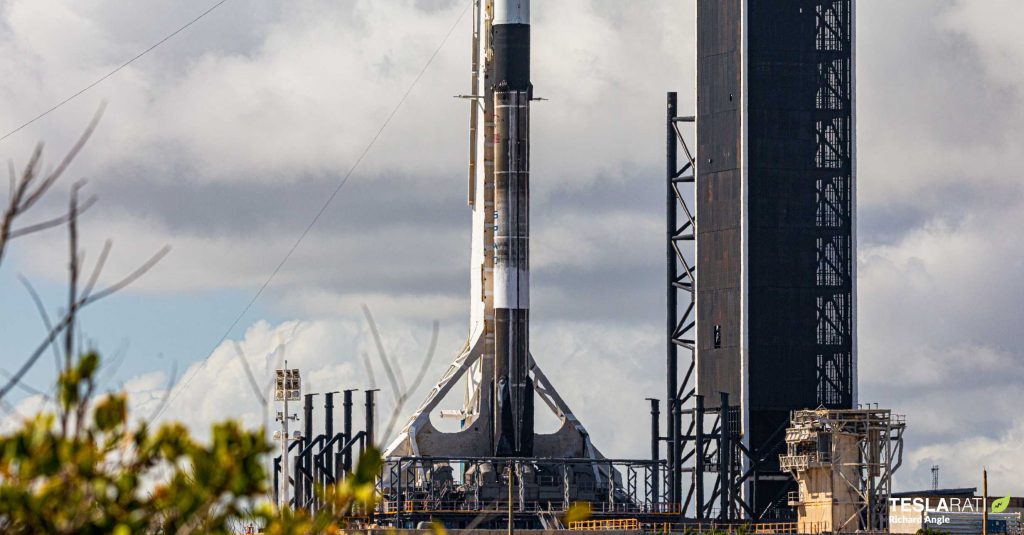
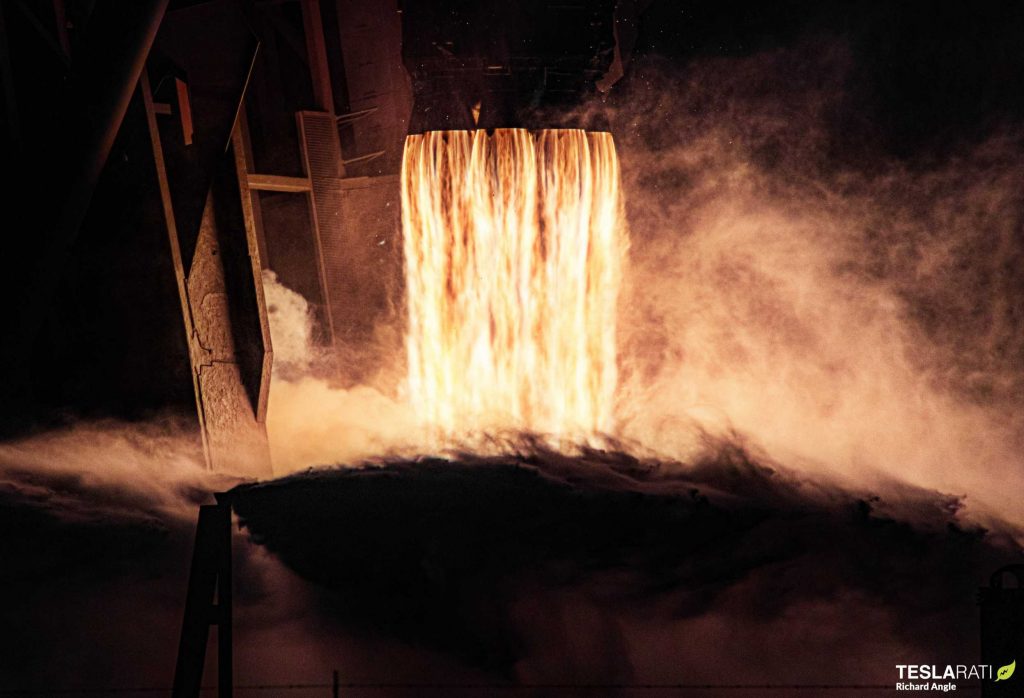
With Falcon 9 B1048’s March 15th false start, the rocket’s computer appears to have received conflicting readings from the same family (or families) of engine thrust sensors. While, as noted above, the fault almost certainly lay in an engine sensor or two and not in the engines themselves, the flight computer chose caution over expedience and halted the launch milliseconds before it would have otherwise commanded clamp release and lifted off.
Confirmed by SpaceX delaying the Starlink V1 L5 mission by just three days, the issue was almost certainly software or sensor-related. Given that SpaceX continues to push the envelope of launch vehicle reusability, it’s honestly more surprising that aborts like these aren’t more common. Instead, the reality is that Falcon 9 Block 5 – aside from delays from the occasional upper stage fault – almost never suffers hardware-related aborts when compared to the rocket’s prior iterations.
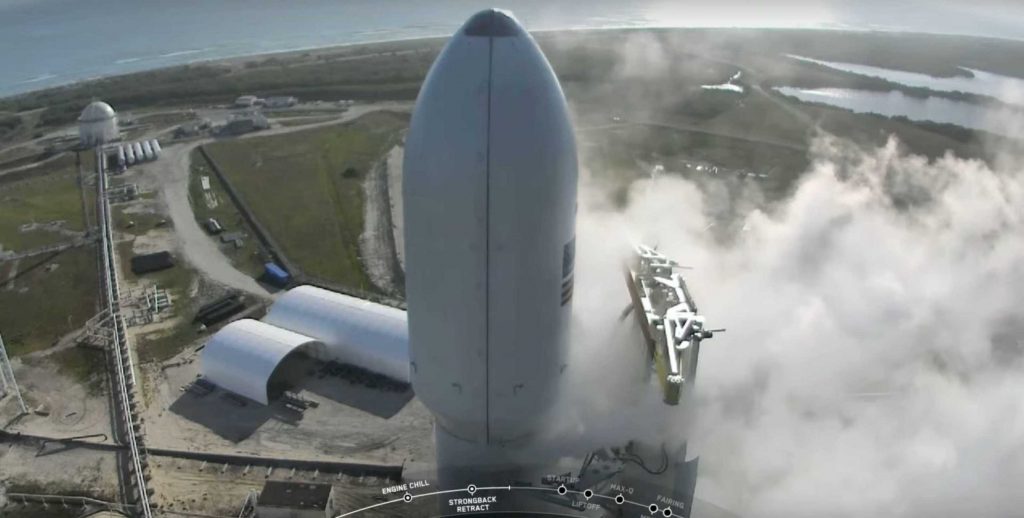
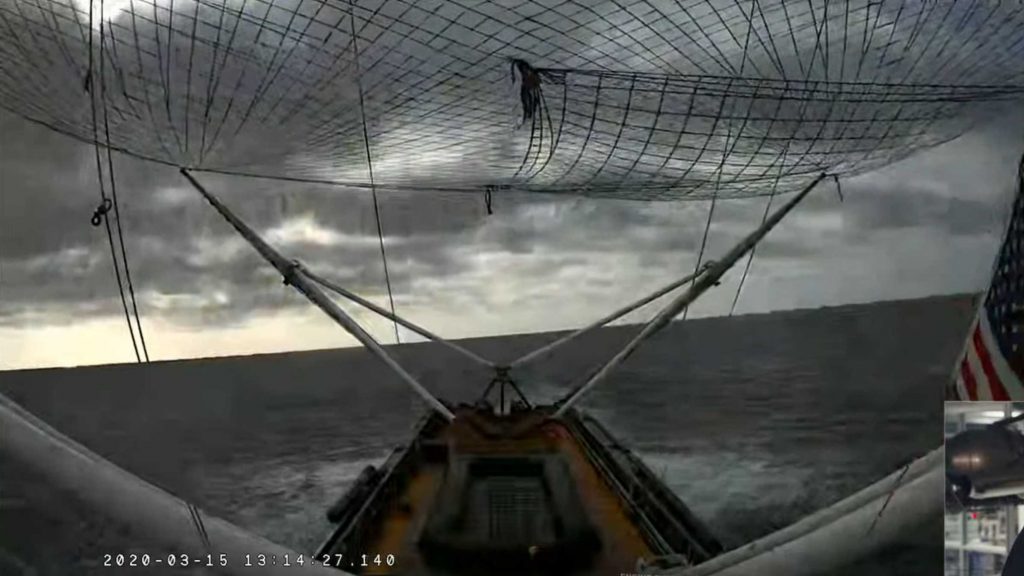
Featuring the second-ever flight-proven Falcon payload fairing, Falcon 9 B1048 will hopefully become the first SpaceX rocket to complete five orbital-class launches and landings. With more than a little luck, there’s also a smaller chance that the mission could mark the first time SpaceX successfully catches both fairing halves with twin ships Ms. Tree and Ms. Chief.
Tune in for SpaceX’s second Starlink V1 L5 launch attempt around 8am EDT (12:00 UTC) to catch the potentially record-breaking launch and landing live.
Check out Teslarati’s Marketplace! We offer Tesla accessories, including for the Tesla Cybertruck and Tesla Model 3.

Elon Musk
Elon Musk and James Cameron find middle ground in space and AI despite political differences
Musk responded with some positive words for the director on X.

Avatar director James Cameron has stated that he can still agree with Elon Musk on space exploration and AI safety despite their stark political differences.
In an interview with Puck’s The Town podcast, the liberal director praised Musk’s SpaceX achievements and said higher priorities must unite them, such as space travel and artificial intelligence. Musk responded with some positive words for the director on X.
A longtime mutual respect
Cameron and Musk have bonded over technology for years. As far back as 2011, Cameron told NBC News that “Elon is making very strong strides. I think he’s the likeliest person to step into the shoes of the shuttle program and actually provide human access to low Earth orbit. So… go, Elon.” Cameron was right, as SpaceX would go on to become the dominant force in spaceflight over the years.
Even after Musk’s embrace of conservative politics and his roles as senior advisor and former DOGE head, Cameron refused to cancel his relationship with the CEO. “I can separate a person and their politics from the things that they want to accomplish if they’re aligned with what I think are good goals,” Cameron said. Musk appreciated the director’s comments, stating that “Jim understands physics, which is rare in Hollywood.”
Shared AI warnings
Both men have stated that artificial intelligence could be an existential threat to humanity, though Musk has noted that Tesla’s products such as Optimus could usher in an era of sustainable abundance. Musk recently predicted that money and jobs could become irrelevant with advancing AI, while Cameron warned of a deeper crisis, as noted in a Fox News report.
“Because the overall risk of AI in general… is that we lose purpose as people. We lose jobs. We lose a sense of, ‘Well, what are we here for?’” Cameron said. “We are these flawed biological machines, and a computer can be theoretically more precise, more correct, faster, all of those things. And that’s going to be a threshold existential issue.”
He concluded: “I just think it’s important for us as a human civilization to prioritize. We’ve got to make this Earth our spaceship. That’s really what we need to be thinking.”
News
Blue Origin announces Super-Heavy New Glenn 9×4 to Rival SpaceX Starship
The announcement followed the company’s successful NG-2 launch on November 13.
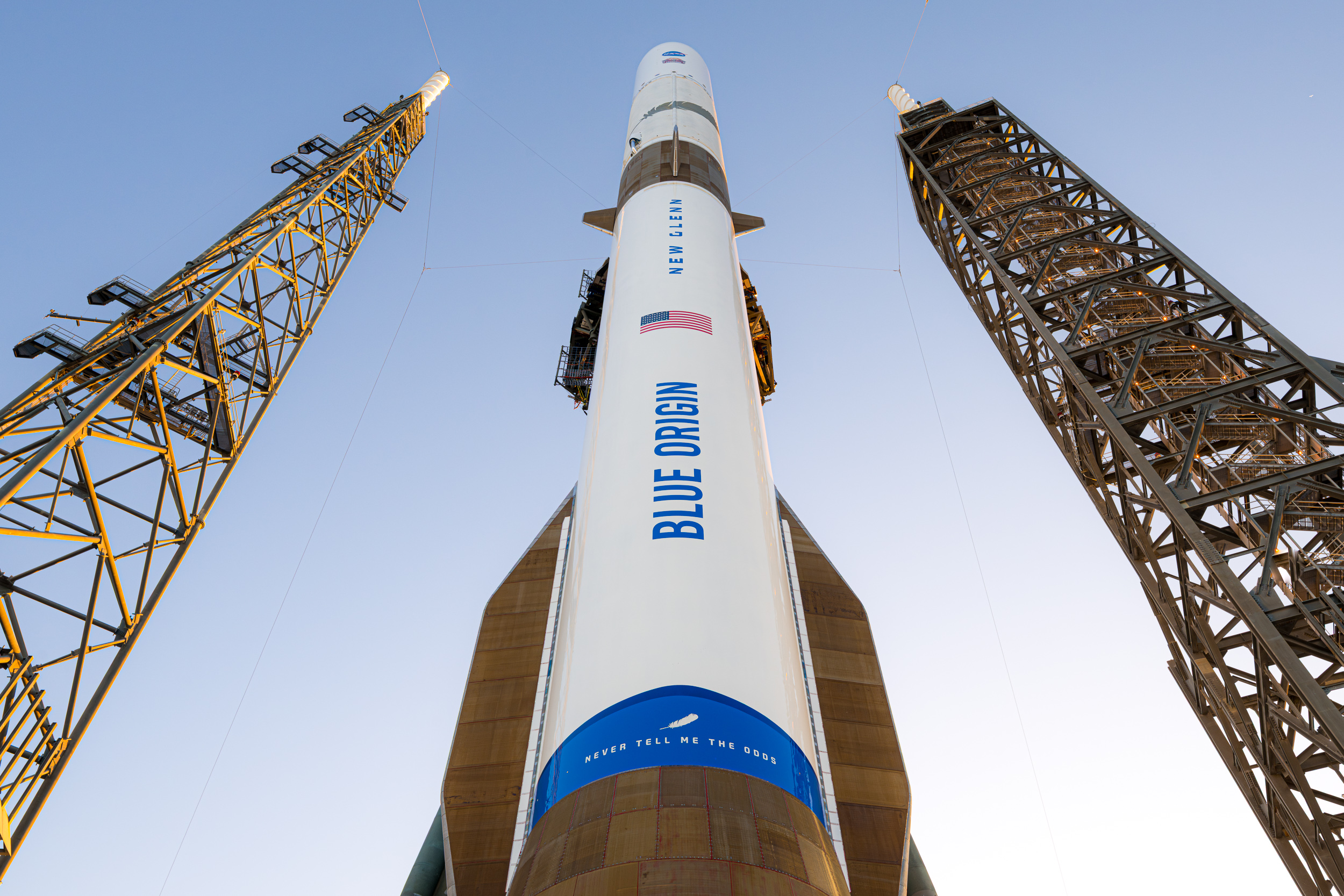
Blue Origin has revealed plans to develop New Glenn 9×4, a “super heavy” rocket designed to deliver 70 metric tons to low-Earth orbit and directly compete with SpaceX’s Starship.
The announcement followed the company’s successful NG-2 launch on November 13, which deployed NASA’s ESCAPADE (Escape and Plasma Acceleration Dynamics Explorers) Mars mission and landed the first stage.
Upgraded engines and reusability
As noted in a Universe Today report, Blue Origin will roll out upgraded BE-4 engines producing 640,000 lbf each, up from 550,000 lbf, starting with NG-3. This should boost the New Glenn rocket’s total first-stage thrust to 4.5 million pounds. Upper-stage BE-3U engines are expected to improve from 320,000 lbf to 400,000 lbf over the next few flights as well.
“These enhancements will immediately benefit customers already manifested on New Glenn to fly to destinations including low-Earth orbit, the Moon, and beyond. Additional vehicle upgrades include a reusable fairing to support increased flight rates, an updated lower-cost tank design, and a higher-performing and reusable thermal protection system to improve turnaround time,” Blue Origin noted.
New Glenn “Super Heavy” 9×4
The super-heavy New Glenn 9×4, with nine BE-4s on the booster, four BE-3Us on the upper stage, will feature an 8.7-meter payload fairing. Blue Origin expects New Glenn 9×4 to be capable of transporting 70 metric tons to LEO, 14 tons to GSO, and 20 tons to trans-lunar injection, as noted by the company in a blog post. This is very impressive, as New Glenn 9×4’s capacity exceeds Falcon Heavy, SpaceX’s largest rocket available to consumers today. Falcon Heavy is capable of carrying up to 64 metric tons to low Earth orbit in a fully expendable configuration.
That being said, SpaceX’s Starship’s capacity is extremely impressive. As per SpaceX, Starship is designed to be capable of carrying up to 100-150 metric tonnes to orbit in its fully reusable configuration. At its expendable configuration, Starship’s capacity enters unheard-of territory, with SpaceX stating that the vehicle could transport 250 metric tonnes of cargo.
News
Tesla FSD approved for testing in Nacka, Sweden, though municipality note reveals aggravating detail
Nacka, Sweden, a municipality just a few miles from Stockholm, has given its approval for FSD tests.
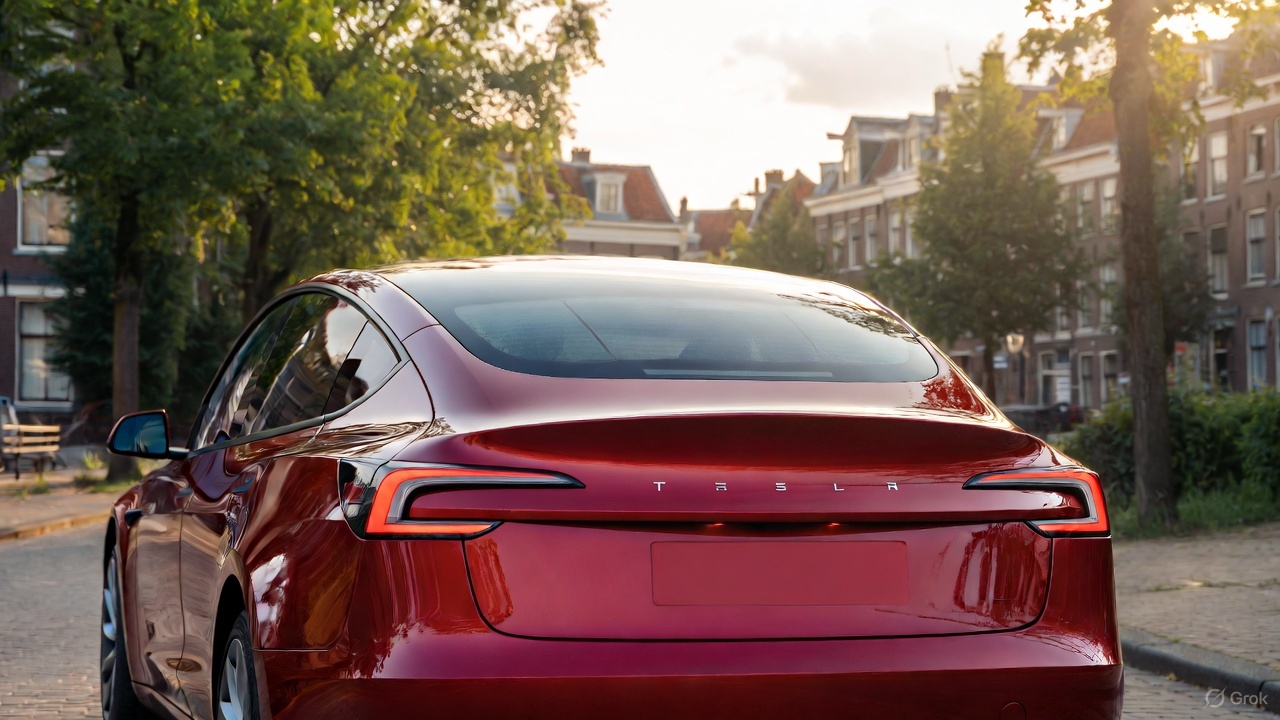
Tesla has secured approval for FSD testing in an urban environment in Sweden. As per recent reports from the Tesla community, Nacka, Sweden, a municipality just a few miles from Stockholm, has given its approval for FSD tests.
A look at the municipality’s note regarding FSD’s approval, however, reveals something quite aggravating.
FSD testing approval secured
As per Tesla watcher and longtime shareholder Alexander Kristensen, Nacka is governed by the Moderate Party. The shareholder also shared the municipality’s protocol notes regarding approval for FSD’s tests.
“It is good that Nacka can be a place for test-driving self-driving cars. This is future technology that can both facilitate mobility and make transportation cheaper and more environmentally friendly,” the note read.
The update was received positively by the Tesla community on social media, as it suggests that the electric vehicle maker is making some legitimate headway in releasing FSD into the region. Sweden has been particularly challenging as well, so securing approval in Nacka is a notable milestone for the company’s efforts.
Aggravating details
A look at the notes from Nacka shows that FSD’s proposed tests still met some opposition from some officials. But while some critics might typically point to safety issues as their reasons for rejecting FSD, those who opposed the system in Nacka openly cited Tesla’s conflict with trade union IF Metall in their arguments. Fortunately, Nacka officials ultimately decided in Tesla’s favor as the company’s issues with the country’s unions are a completely different matter.
“The left-wing opposition (S, Nackalistan, MP and V) voted no to this, referring to the fact that the applicant company Tesla is involved in a labor market conflict and does not want to sign a collective agreement. We believe that this is not an acceptable reason for the municipality to use its authority to interfere in a labor law conflict.
“Signing a collective agreement is not an obligation, and the company has not committed any crime. The municipality should contribute to technological development and progress, not work against the future,” the note read.









